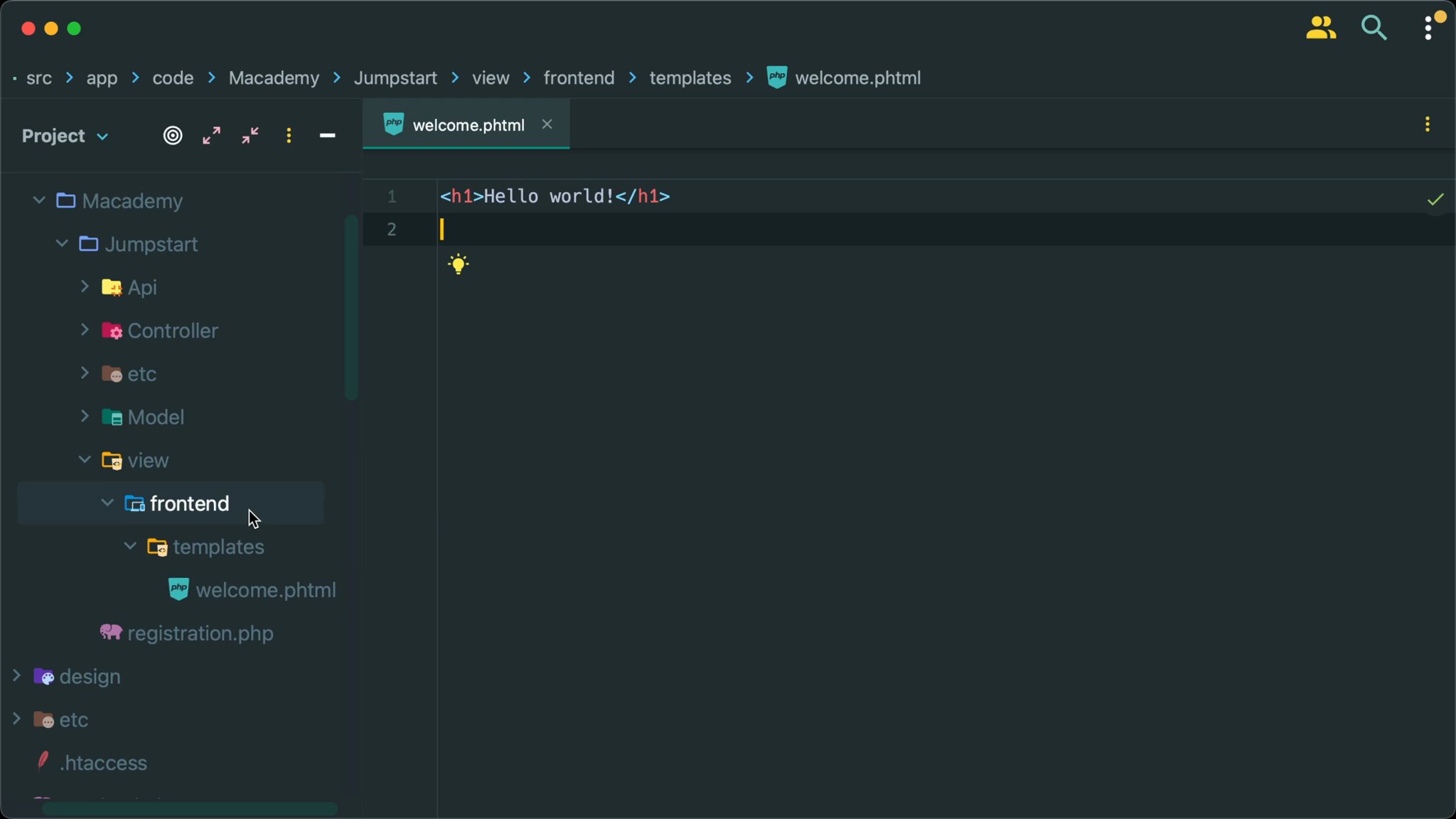Understand layout XML files in Magento
Learn how Magento uses layout XML files for page configuration, extensibility, and custom layouts with proper naming conventions.

Only available to enrolled or University students.
Join today to unlock all lessons in this course.
Learn how Magento uses layout XML files for page configuration, extensibility, and custom layouts with proper naming conventions.
Log in to start chatting!
Ask me anything.
Ask me anything.
Join the discussion!
Comments
Want to comment on this lesson?
Log in to leave comments.